My Story.
I fell in love with Pilates in 1999. I met a trainer in an acting class and noticed how incredibly strong her calves looked. “I’m a Pilates trainer,” she explained. “Whaaat?” Never heard of it before. So I went on over to her studio, disenchanted with the local gym franchise where I could only hope the prior sweaty butt wiped down the stationary bike, and that I might not get hit on today. She threw me on what looked like a cross between a jacked-up hospital bed and an S & M apparatus, otherwise known as a Cadillac. I was hooked. It wasn’t so challenging that I was discouraged, and it wasn’t so easy that I wasn’t challenged. It was just right. After just one session I felt taller. I was standing straighter and muscles that had long slumbered were awakened.
Cut to 2003. I quit my job as a Writer/Producer for television promo and I found myself sitting on an exercise mat, with a notebook, learning anatomy, kinesiology and the secrets of classical Pilates, on my way to becoming a Pilates instructor myself. After nine months and hundreds and hundreds of hours of observation, student teaching, classes, written and practical tests, I was certified. I’ve had my own fully equipped studio ever since. I’ve also taught mat group classes at Glendale Yoga (don’t bother Googling, it’s not there anymore), Toluca Lake Body Works (not there either - I pilfered all their equipment when they closed) and Warner Brothers Studios gym (still there!).
During my adult life I’ve wanted to cry when I stood on the scale, and I have been accused of being too thin. I have been ripped, and I have jiggled when I brushed my teeth. There were days when I felt I was so strong I could easily do the most advanced “Adult Gymnastics” Pilates, and there were days when I could barley do a Level One roll-up.
I returned to the network television workforce for a time and sat at a computer all day. I let my Pilates practice slip a bit - ok a lot. I wondered why my back seemed to “go out” a lot. I was stiff. I was grumpy. My knees hurt. I jiggled.
Well, I am BACK. And even if I’m not as ripped, thin and young as I was, my love for Pilates is as strong as ever, and I want to pass the joy on. I want everyone, no matter what age, weight or fitness level to experience the absolute magic of Pilates. You will feel taller, stronger, stand up straighter, and if you’re like me, smile a lot more. Join me.
Let’s start having fun and feeling great!
Bonnie has been certified in the Pilates Method for 20 years, and she is a third-generation Classical Pilates Instructor, her master teacher having been trained by Joseph Pilates’ protégé Romana Kryzanowska.
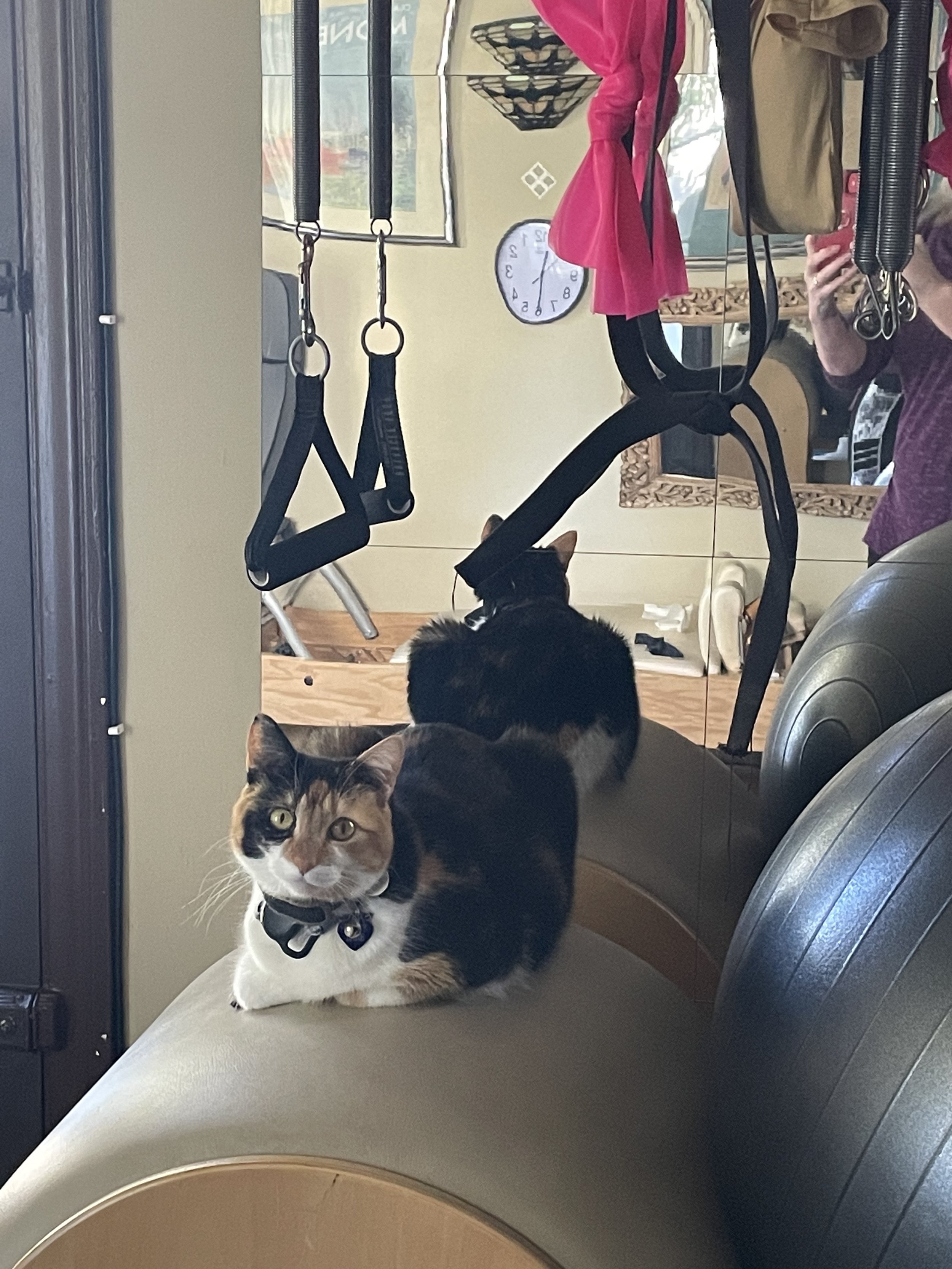
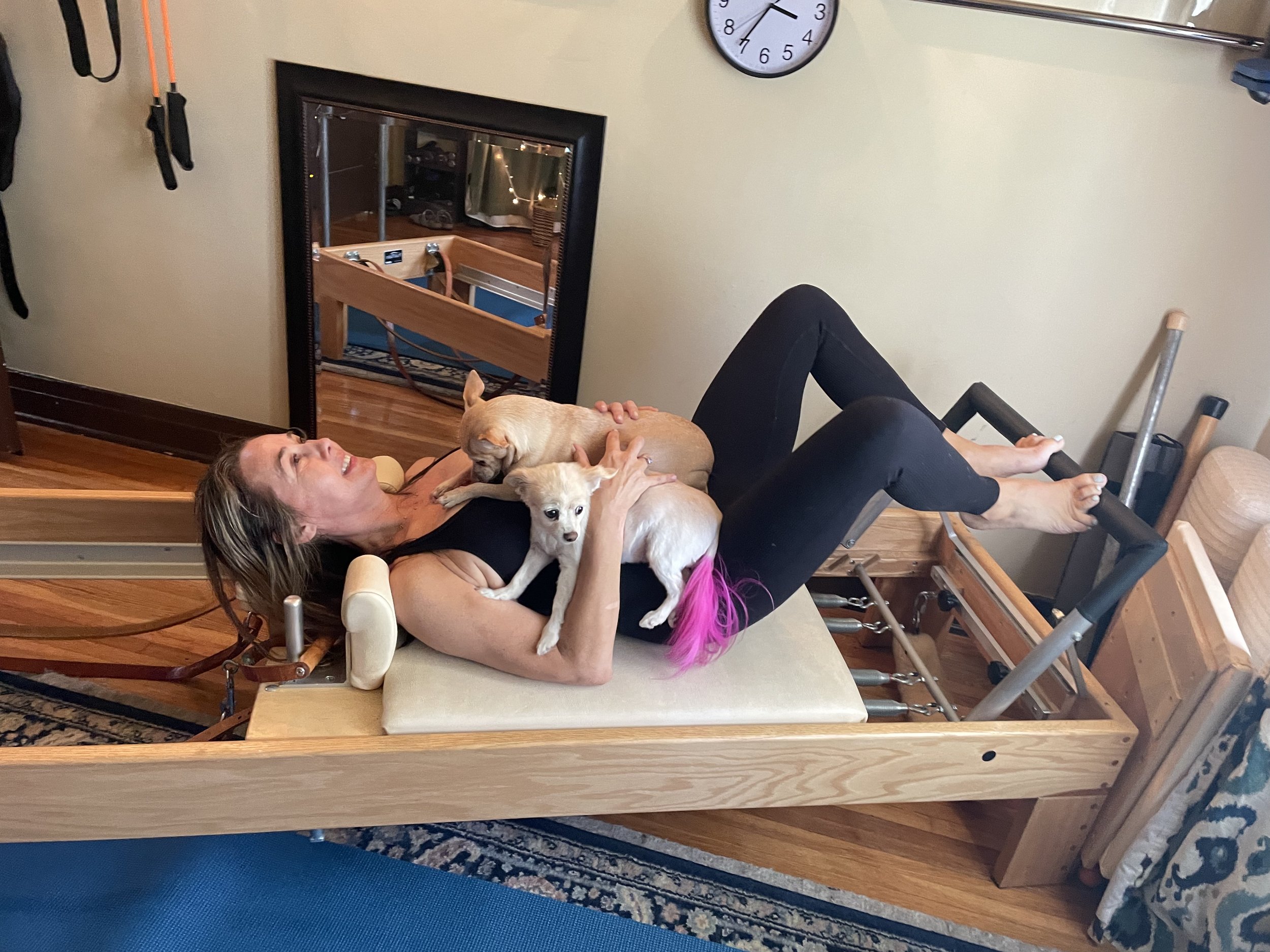
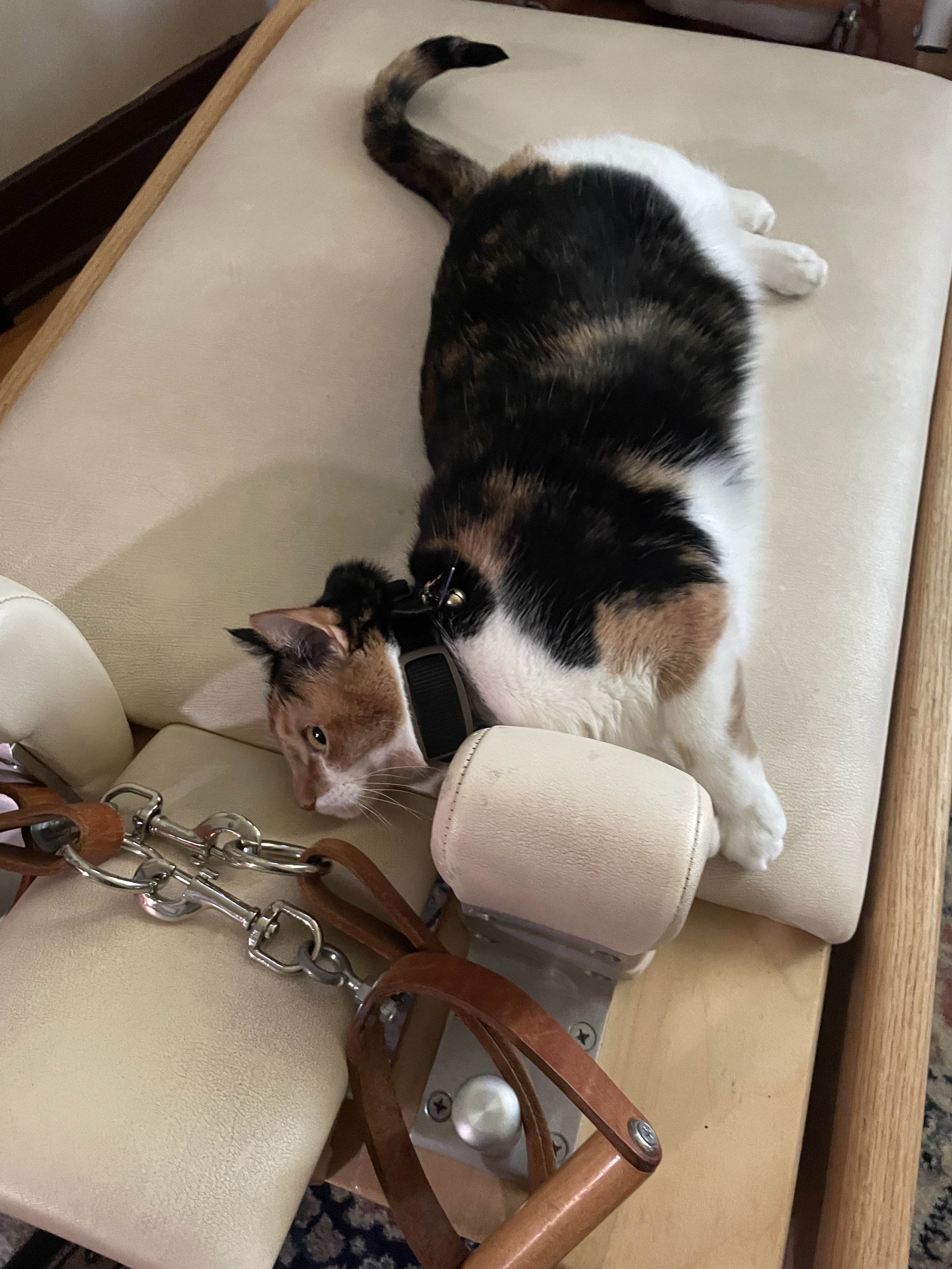
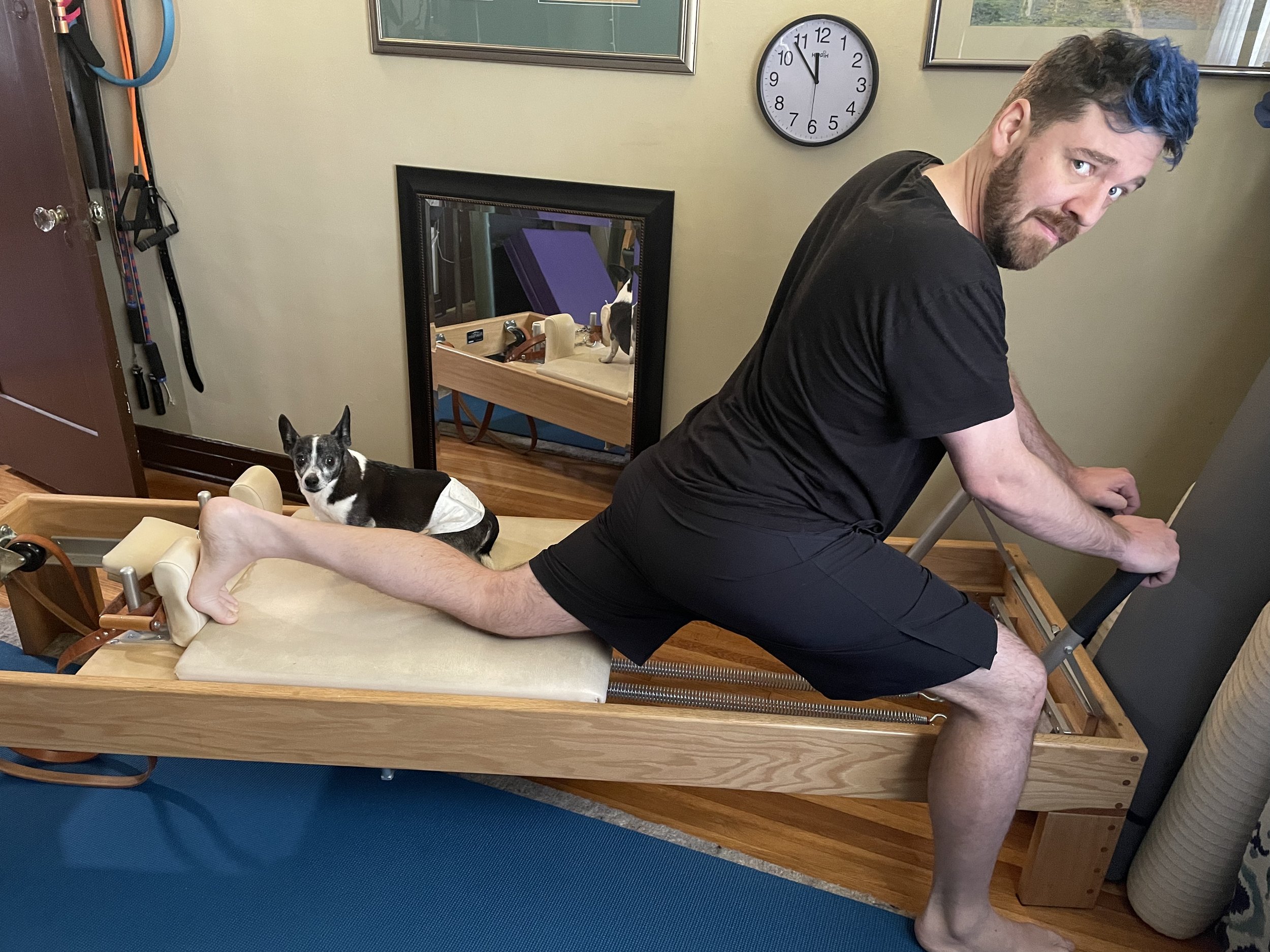
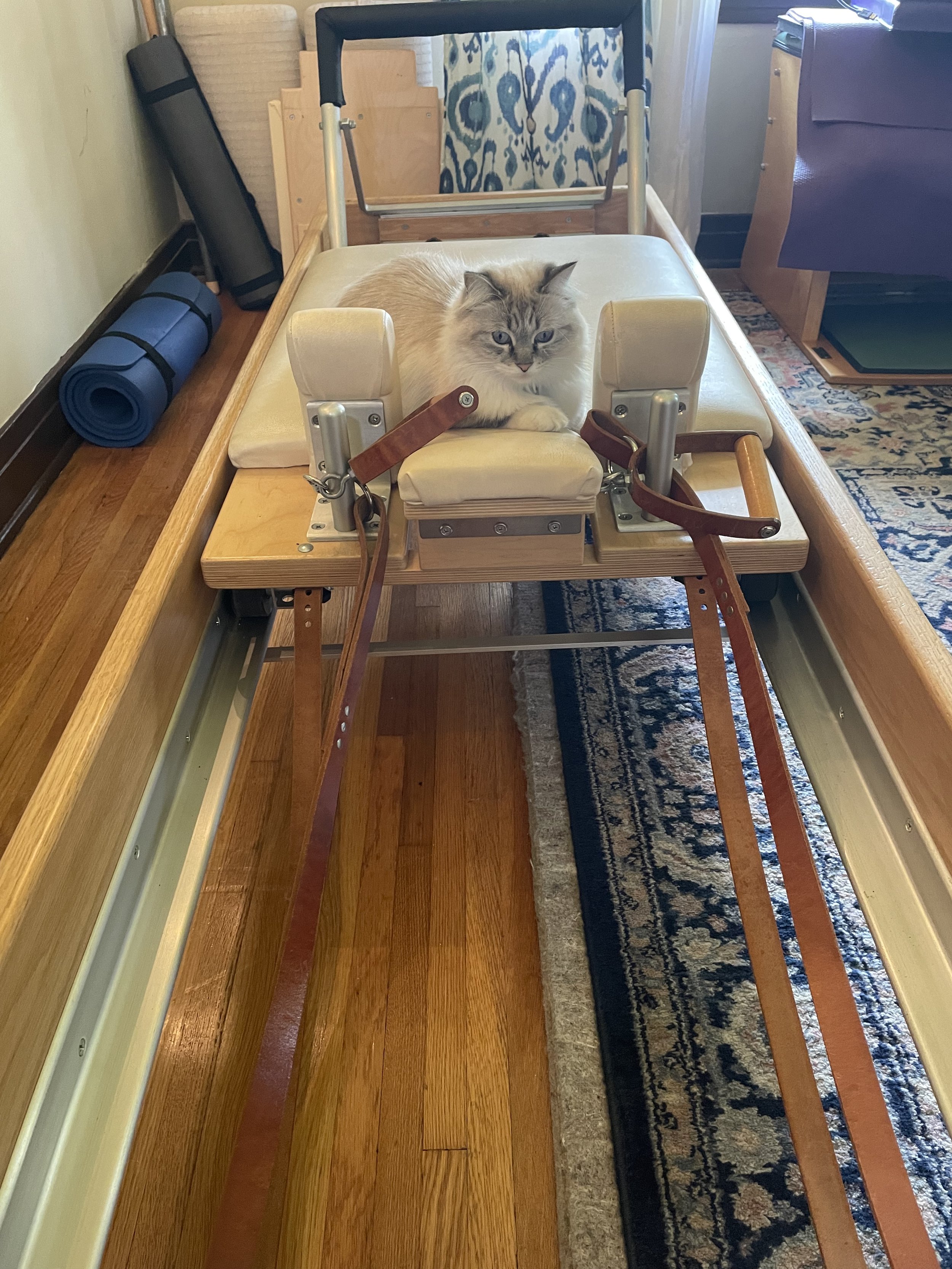








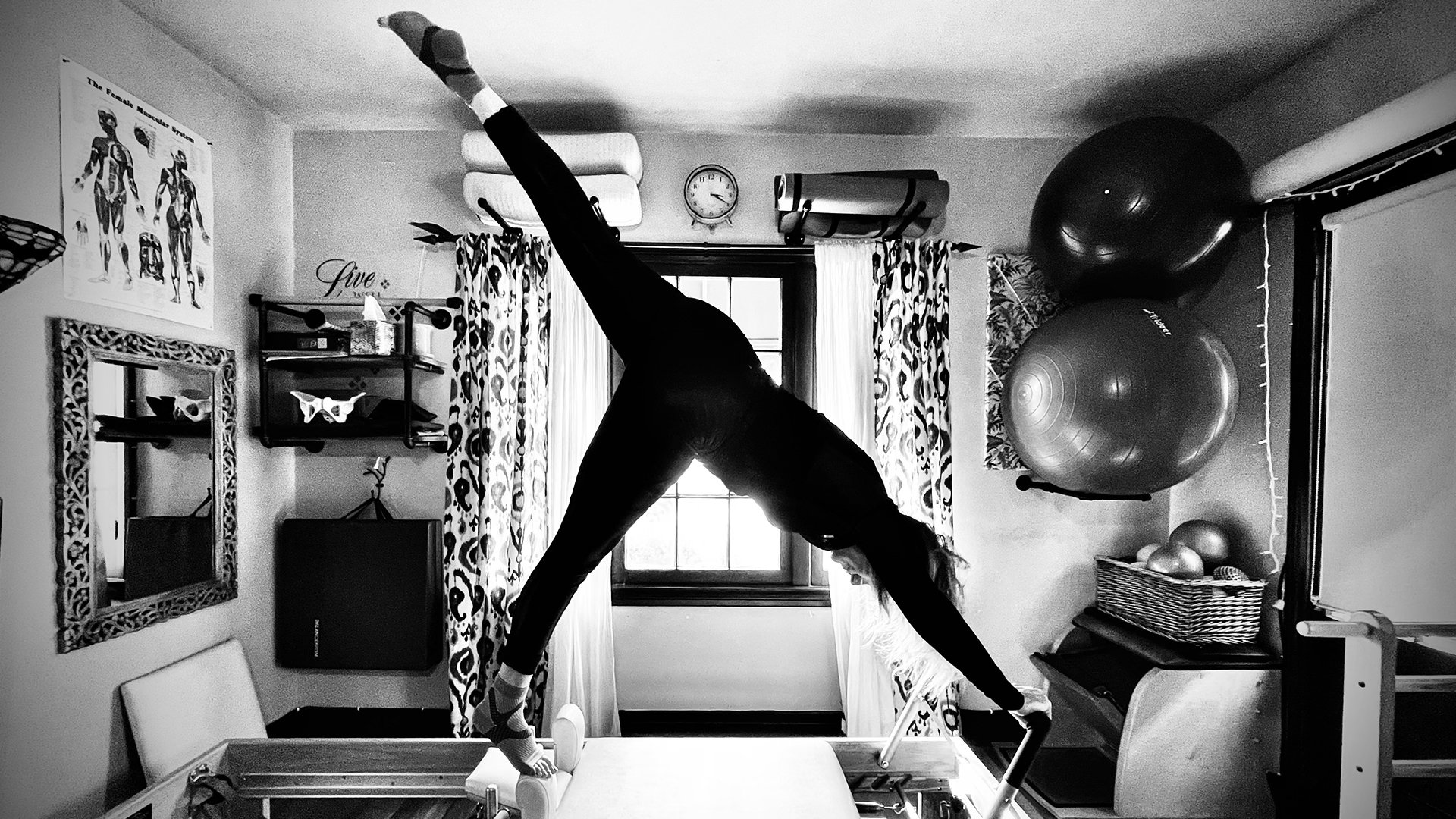
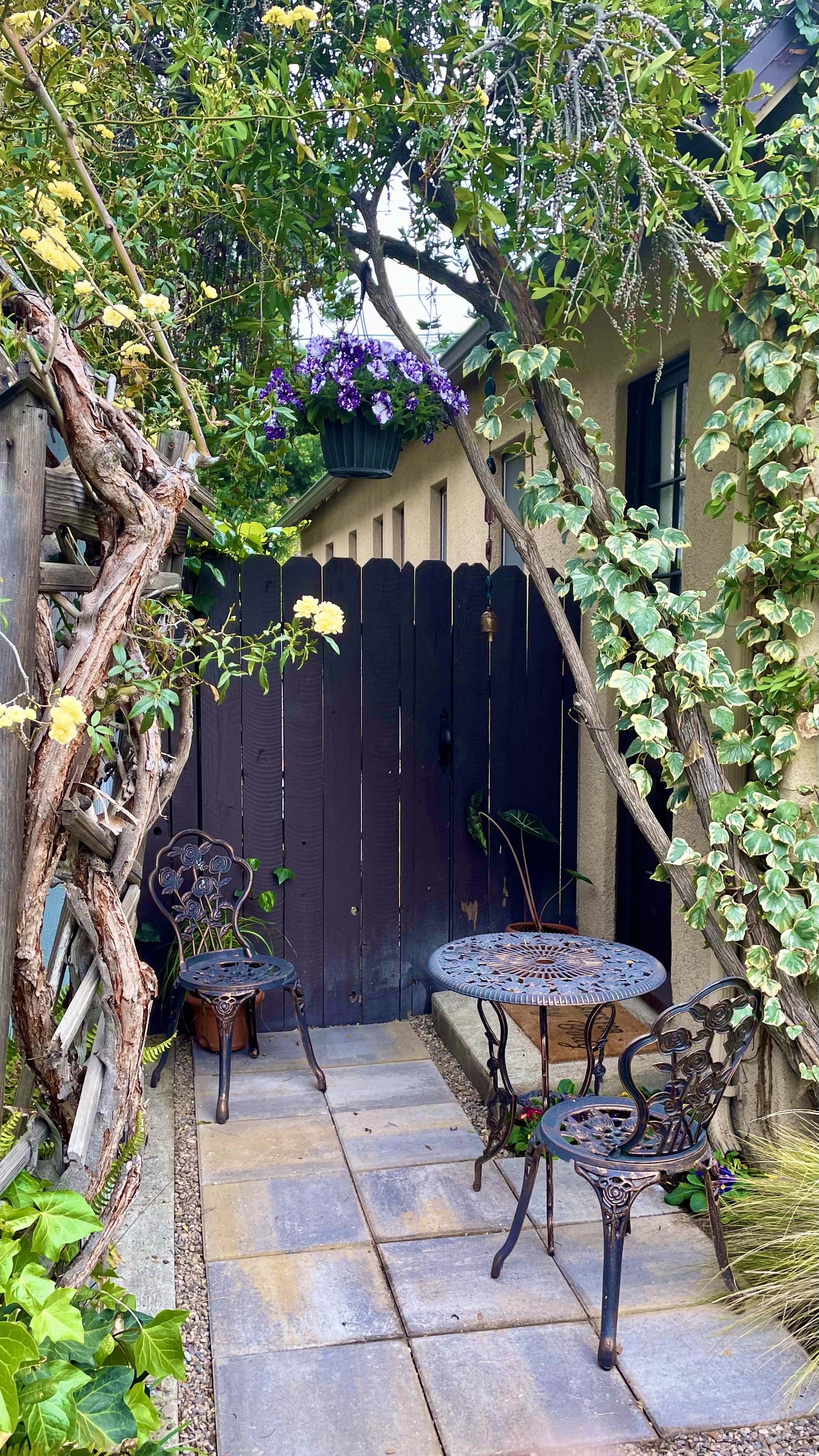
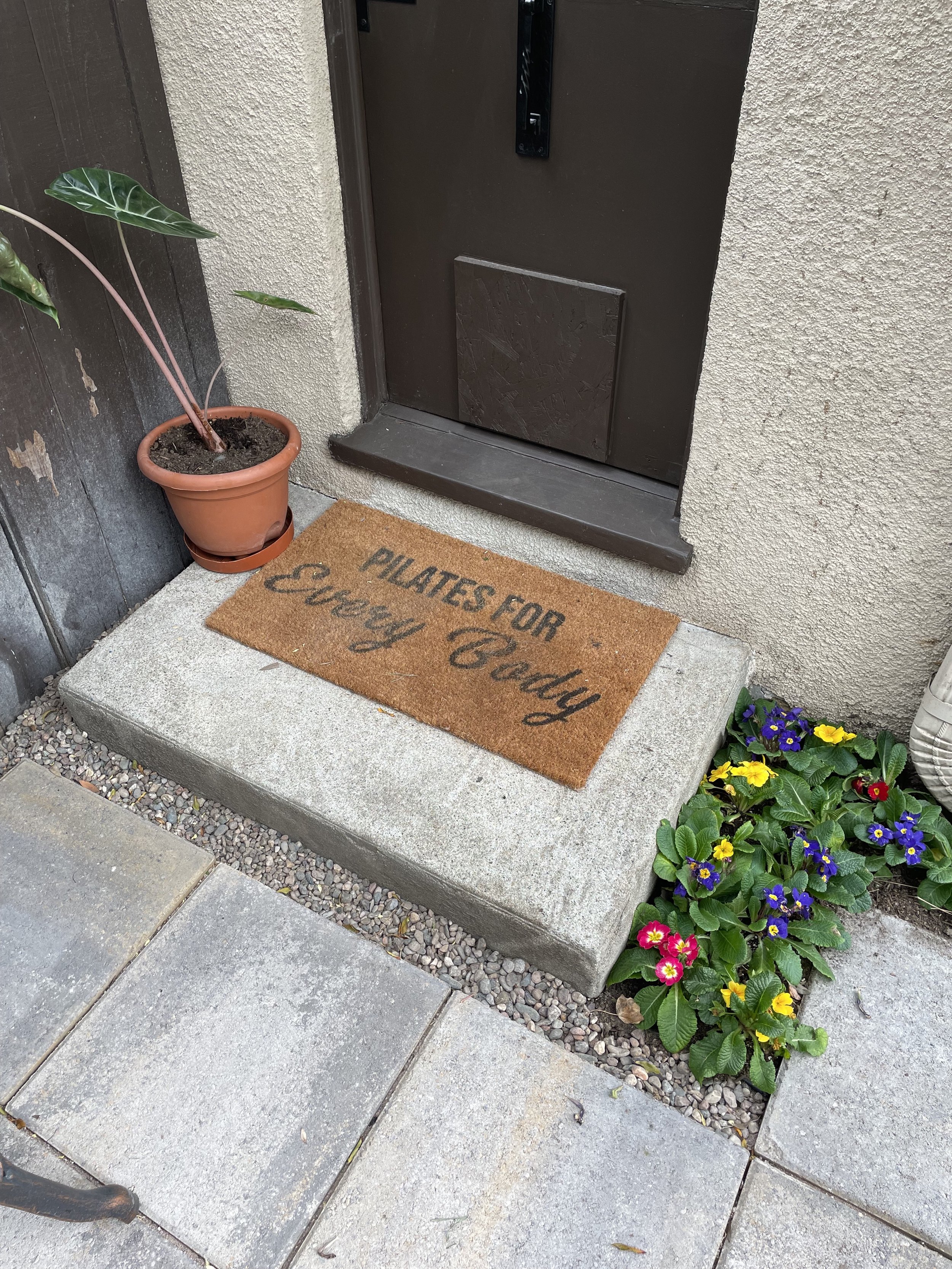
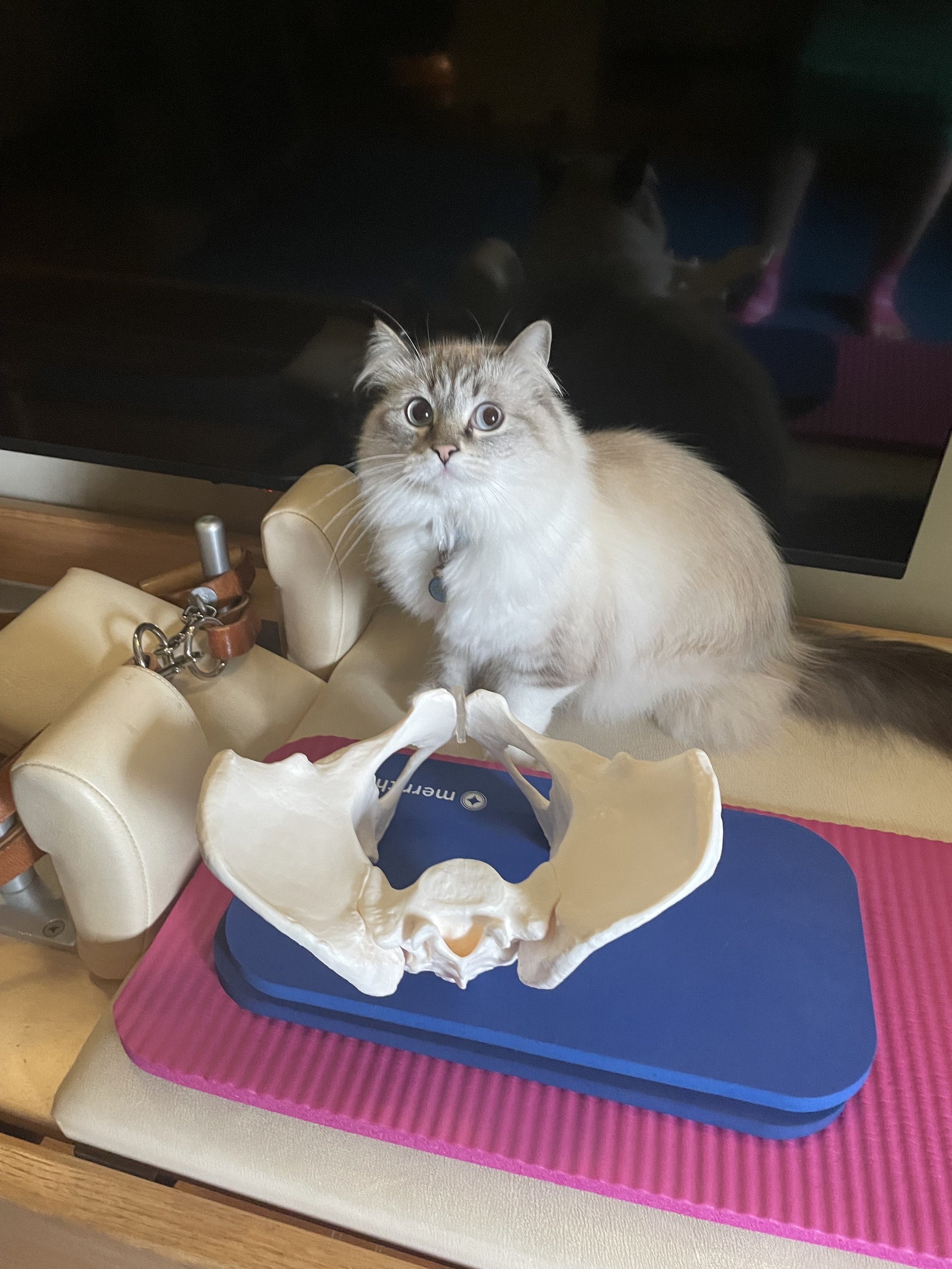
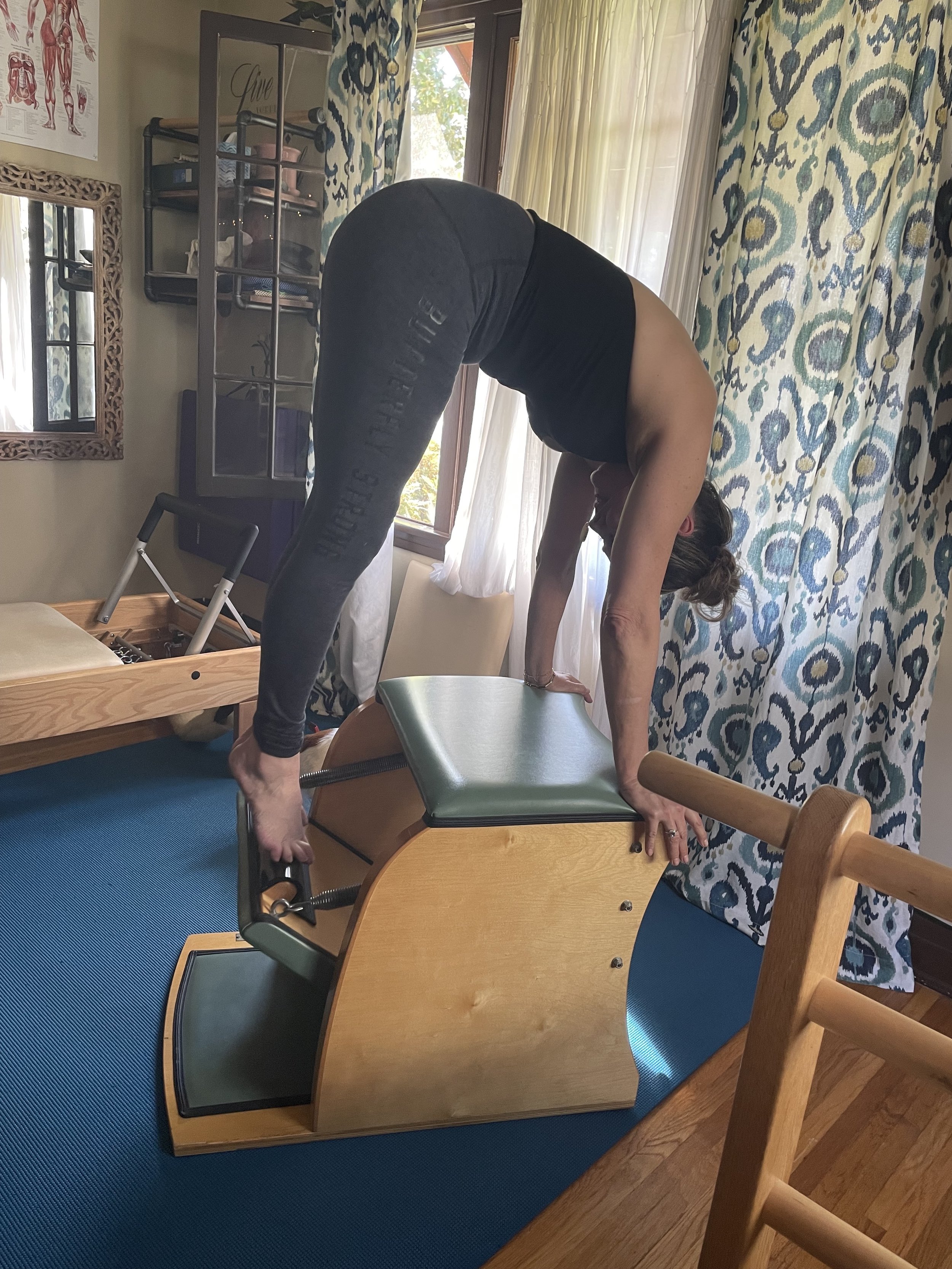
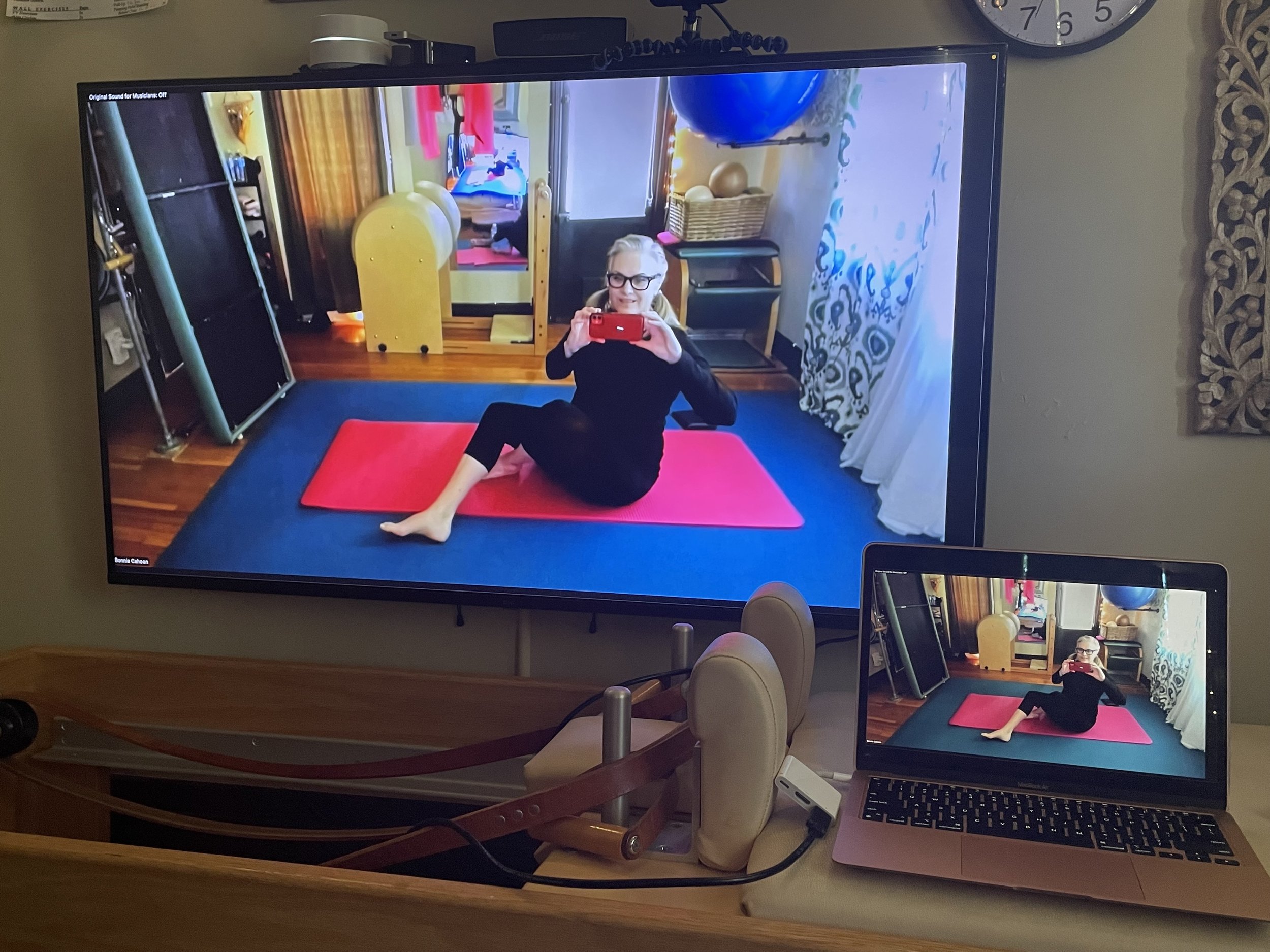





What is Pilates?
Joseph Hubertus Pilates, one of the great pioneers of modern physical fitness and health, was a visionary in his approach and methodology. By combining the best of Western and Eastern philosophy, he brought together a series of controlled movements that engage both the mind and body – exercises that allow each user to experience a new awareness of muscle function and control.
-The Complete Writings of Joseph H. Pilates
Although thought to be a relatively new method of exercise, Joseph Pilates developed his system of exercise to rehabilitate hospitalized patients, over 100 years ago, in the 1920s. He called his method Contrology. Eventually, Pilates become a proven system of rehabilitation for injured dancers and gymnasts. Now, Pilates studios are as ubiquitous as Starbucks and offered at every gym franchise. Since 2000, the Pilates name is no longer trademarked, so anyone can claim to be a Pilates trainer.
But those who practice and teach Classical Pilates will do it like Joseph did. Classical Pilates draws from elements of boxing, yoga and ballet. It strengthens while stretching. Unlike isolated exercise routines done at the gym with lots of repetitions that can tire out joints and create imbalances in posture, he believed that by doing a few repetitions of each exercise and alternating areas of the body to be worked, one would have a more balanced workout, therefore a more balanced body with much less opportunity for burn out.
The six key principles of the Pilates Method are: CENTERING, CONCENTRATION, CONTROL, PRECISION, BREATH and FLOW. By centering the body, connecting the mind and body, using precise movements and the breath efficiently, one will have a maximum amount of flow for a minimum amount of exertion, which creates a more efficient body with a longer shelf life. Pilates exercises are adaptable for all ages, abilities and health conditions.
What Clients Are Saying
